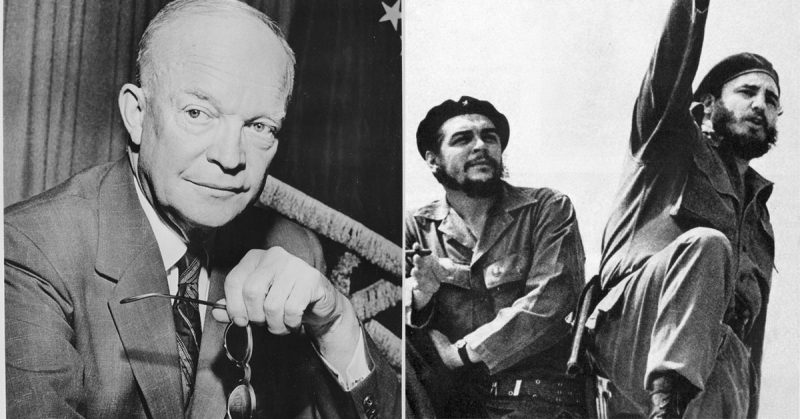In the middle of the Cold War in Central America, a battle was fought, that could drastically change the geopolitics of the entire region by completely removing the Soviet supported Castro Regime in Cuba.
The objective of this military action, also known as the Bay of Pigs invasion or the Battle of Girón, was a joint operation in which troops of Cuban exiles and elements of the Central Intelligence Agency (CIA) of the United States of America invaded Cuba in April 1961 with the purpose of creating a foothold. Once successful, it would form a provisional government that would seek the approval of the Organization of American States (OAS) and the recognition of the international community.
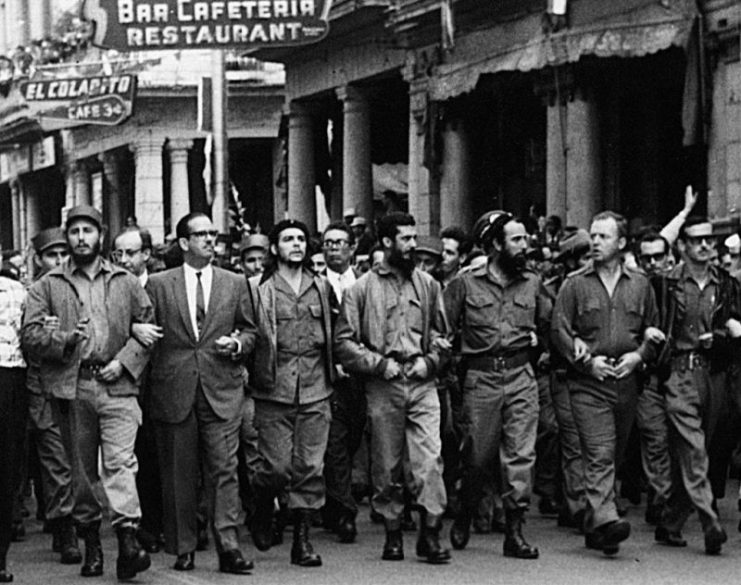
The attack was a complete disaster, in less than 72 hours the invasion forces were crushed by the Fuerzas Armadas Revolucionarias FAR (Revolutionary Armed Forces) of Cuba.
For the United States of America, it was a very humiliating setback. The result of this conflict was largely due to the concerns of President Kennedy and his last-minute changes that ended up being decisive in the conflict.
Origin of the Conflict – Capitalism Vs Communism
On January 1, 1959, after 25 months of a guerrilla struggle, a revolution led by Fidel Castro triumphed. Until then, and since the formal independence from Spain in 1898, Cuba had maintained close political and economic relations with the United States.
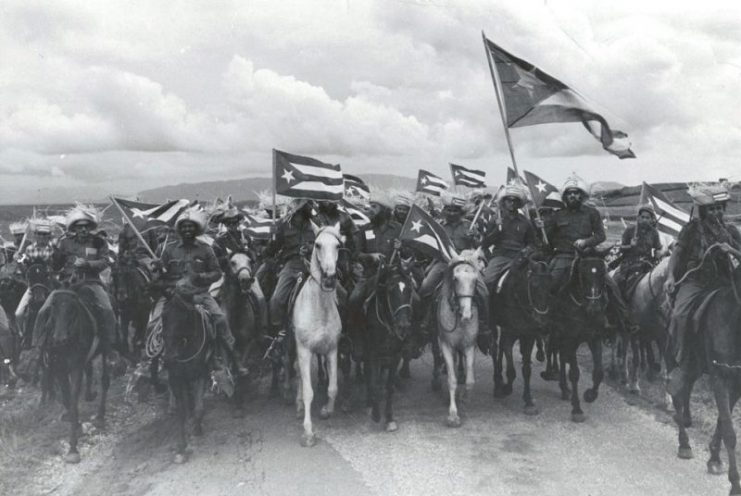
In the Cold War context, the US administration considered the Cuban Revolution to be a serious danger, not only by have a Soviet Union ally so close to United State continental territory, but also because Castro’s intentions from the beginning were very clear. He wanted to create a focus of subversion in other Latin American countries as well.
The US government to stop Castro’s regime, suspended all oil sales to the island from the United States and its allies to paralyze the industrial sector and in general the entire economy of Cuba.
The Soviet Union (USSR) quickly responded by sending oil to Cuba, but refineries of US capital refused to process Soviet oil. In consequence to these actions, the Castro regime expropriated without any compensation all the possessions of United States companies in the country.
Next, President Dwight Eisenhower approved an economic embargo on Cuba. At the same time, he openly showed his support to any organization that proposed to return an alternative democracy to Cuba.
Preparations
On March 17, 1960, the Eisenhower administration instructed the CIA to organize a paramilitary unit composed of Cuban exiles with the purpose of defeating the Fidel Castro regime without implicating the United States. It had to look like an uprising organized by Cuban dissidents.
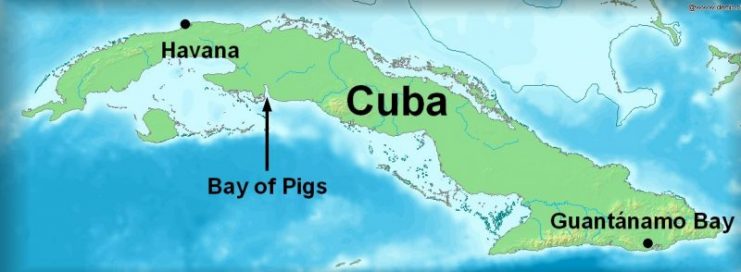
The CIA had the responsibility to coordinate intelligence actions with groups that conspired within Cuba and could facilitate the invasion. The CIA relied on popular uprisings against Castro and massive defections in its forces.
The original plan, named Trinidad, was prepared by the CIA in 1960, during the administration of President Eisenhower, who supported and promoted this type of covert operations of the CIA, and had already been successful in Iran and Guatemala. Those who planned the operation in Guatemala led Trinidad.
The agent in was Richard Bissell, and he was assisted by Jacob Esterline. Colonel Jack Hawkins worked on the operation as a military adviser.
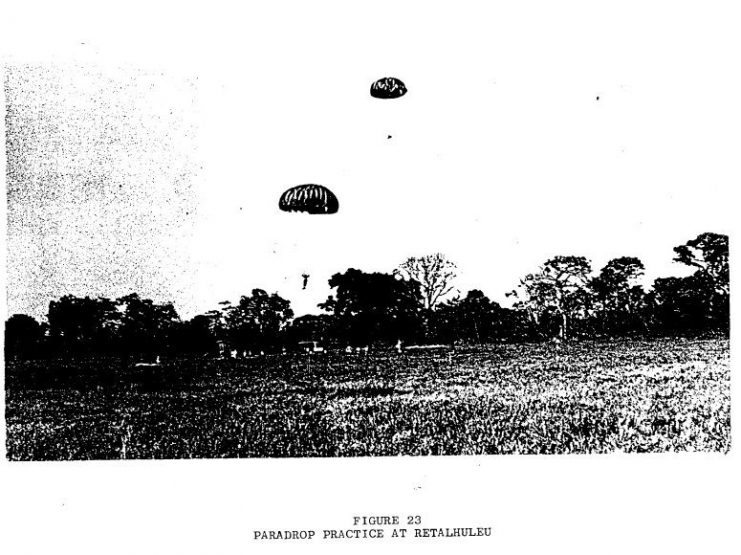
In general, the Trinidad Plan contemplated an amphibious landing of the greater part of the 2506 Brigade (1,200 men) on Casilda, an adjacent port to the city of Trinidad. Another group of 160 men would disembark to the south of the province of Oriente to distract the Castro regime and make them believe that this was the main assault.
Finally, an additional distraction would be created on the northwest coast, in the province of Pinar del Río. A spectacle of noise and lights with several ships near the coast to simulate some sort of military operation.
The assault on Casilda was planned to establish a beachhead and a defensive perimeter that would allow transfer of the members of the Revolutionary Council to Cuba. This Council would be presided over by José Miró Cardona. Later, it would constitute a government of Cuba in Arms. This government would then ask for international recognition, which would be quickly supported by the United States and the OAS.
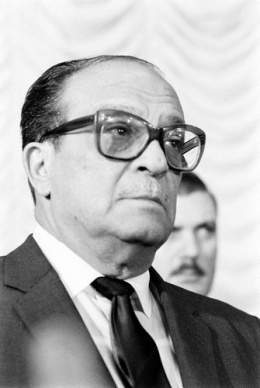
The Troops – The 2506 Brigade
Initially, the CIA began to transfer university students and young officers of the Cuban Army to the United States. These groups were made up of people who had been opposed to the Batista dictatorship but did not agree with the communist course that the Cuban revolution was taking.
When the group of fighters was completed in the middle of 1960, the 2506 Brigade was created.
The group was divided into two, one group would receive training as radio operators (the university students) and the other group would work as military instructors for the future fighters.
The original plan consisted of guerrilla warfare, but later a political decision transformed it into a combat brigade.
On July 4, 1960, the group of radio operators was transported to Guatemala, specifically to the Helvetia farm, owned by Roberto Alejo, brother of the Minister of Foreign Affairs of Guatemala, under the Government of President Miguel Ydígoras Fuentes.
The members of the radio operator group were accompanied by Colonel Napoleón Valeriano, who had great experience in the guerrilla struggle in his homeland, the Philippines, defeating the communist guerrilla group, Hukbalahap.
The Brigade counted on support of the elite soldiers of the air forces of Cuba, composed for former pilots of the Navy, Air Force and Army.
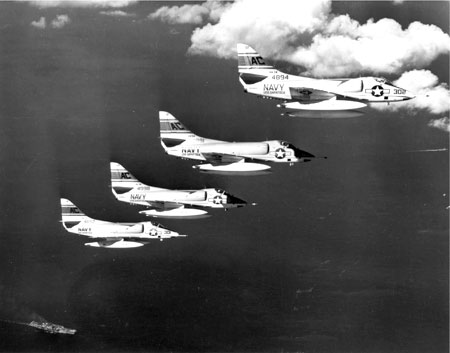
In the civil part of the Fuerza Aérea de Liberación FAL (Air Force of Liberation), the pilots of the transport planes came from Cuban commercial airlines, each pilot had an average of 20,000 flight hours. They would fly obsolete twin-engine C-46 and four-engine C-54 aircraft from after the Second World War.
The military equipment that the US government supplied to the Brigade was composed of a variety of weapons including Colt M1911A1 pistols, Garand rifles, M1 and M2 carbines, Thompson submachine guns, Browning automatic rifles, and Mk 2 grenades.
Additionally, heavy weapons such as 60 mm, 81 mm and 4.2″ mortars, as well as 57 mm and 75 mm recoilless rifles were supplied.
They were also equipped with C-3 and C-4 for demolitions. Their radio equipment was the PR-6 and PR-10.
To handle the logistics of the operation and support, the force was allocated:
- 8 C-46 Transport Aircraft.
- 6 C-54 Transport Aircraft.
- 16 Bombers B-26.
- 5 Tanks M41.
- 8 Ships and 7 boats for the landings.
New President Enters the Scenario
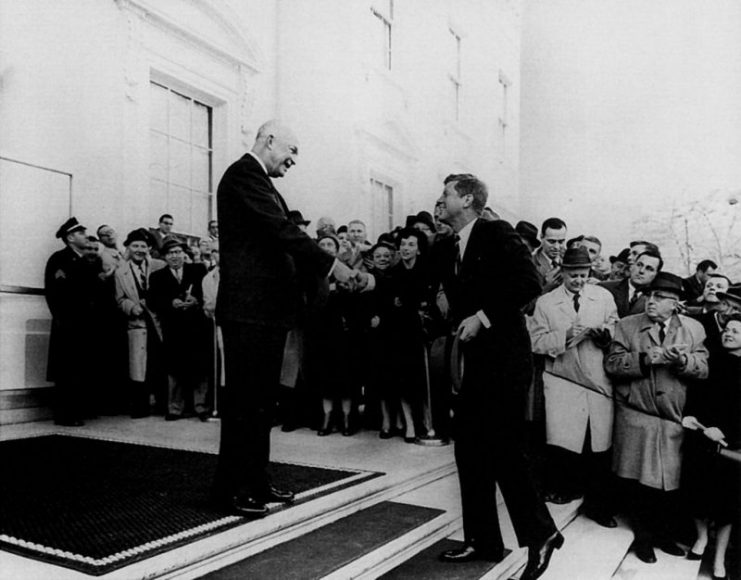
With the end of eight years of government under the Republican Party, the new administration of Democratic President John Kennedy would not continue the same level of support for the operation against Cuba that the Trinidad Plan needed.
Kennedy was informed about the final version of the Trinidad Plan on Saturday, January 28, 1961. The Plan needed to be activated by March, no later than April, due to the arrival of Cuban pilots trained in Czechoslovakia and flying MiGs. Additionally, the rainy weather in April, which would hinder military activities not only in Cuba, but in Guatemala and Nicaragua as well, where the Brigade and its air support would depart.
A beachhead, established on Cuban soil and maintained for two weeks to a month, was needed.
The final meeting to decide on how to proceed with the operation was held on March 15, 1961 at the White House. Kennedy decided not to approve the Trinidad Plan and ordered the creation of an alternative, one that was not so “spectacular” as Trinidad. In a few words, a much more discreet plan.
New Plan – Zapata
In just three days, the CIA produced the new plan, named Zapata. The landing site was changed to Bahía de Cochinos, 90 miles west of Trinidad. According to the CIA, this was the only other possible place on the south coast of Cuba for the assault. Sierra Maestra was excluded because it was very far from the Central American camps from where the 2506 Brigade would depart.
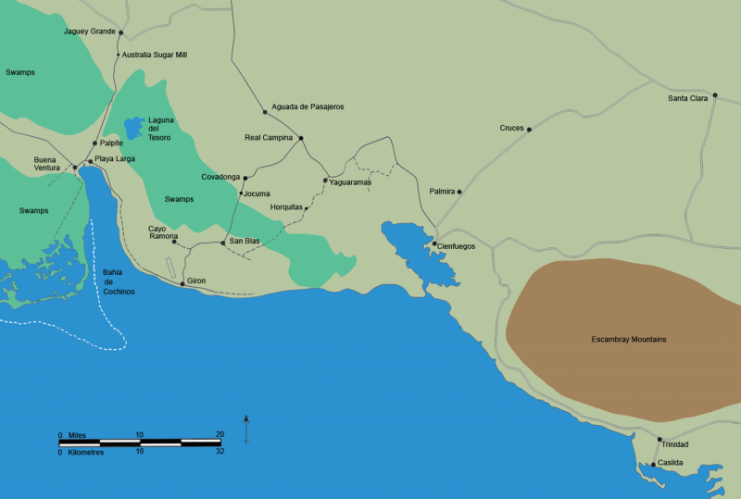
The Zapata Plan had a series of crucial differences with respect to the Trinidad Plan:
- First, the geography. La Ciénaga de Zapata and its swamps made it easier to keep the beach head. Additionally, in the area there was an aviation track ready to be used.
- On Kennedy’s orders, the landing would take place at night.
- In the new plan, the Escambray Mountains were far away, thus, in case of a failure, the Brigade could not reach to the mountains. This was something that always distinguished the Trinidad Plan because it provided an escape valve in case of a failure. In the Bay of Pigs, there was no escape. The 2506 Brigade wins or dies in the attempt.
- An internal insurrection to accompany the invasion was no longer contemplated. The CIA decided not inform to clandestine organizations against Castro about when the operation would take place in order to avoid revealing any operation details.
The Zapata Plan is Approved
On April 17, 1961 when the 2506 Brigade disembarked at Playa Girón, Kennedy, mainly motivated by his advisers in the State Department, ordered a series of additional changes in the plan that all but guaranteed the invasion’s failure before it began.
